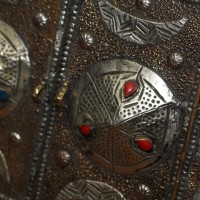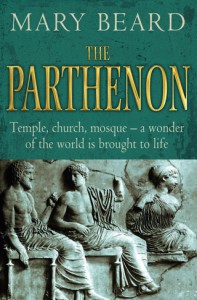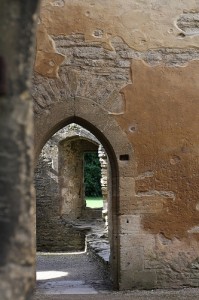
You’re going to think that I’m obsessed with photographers’ rights and am heading up a mission—with a camera in one hand, a light sabre in the other, and Flickr as my shield—to defend the average photographer and prove that cameras won’t irreparably damage anyone’s souls. But please, indulge me this post and then I’ll return to the scheduled programme of camera releases and software updates. (For a while, anyway.)
I follow A Don’s Life, the blog written by Cambridge classicist Mary Beard. Yes, she can be rabidly controversial, but she’s also amusing and thought-provoking and I recommend her musings for your weekly edification. And earlier this week she raised the issue of taking photos in museums. Obviously my ears pricked up.
Specifically, Beard was ranting about the fee she was charged to include a photograph taken at the Acropolis Museum in Athens in the reprint of her book, Parthenon. Her husband had taken the photo, the museum wanted €400, and the print run for the book is only 7,500. But that wasn’t what really caught my attention. It was that shortly after her husband had visited, the museum had imposed a complete ban on photography, whether you were professional, amateur, or seven years old.
What was that all about? It’s not as if anyone needs to contact the spirit of Pheidias to ask his permission; the dude died around 430 BCE. What’s left of the Parthenon has survived nearly 2,500 years, numerous invasions, use as a munitions store, an explosion, being dismantled and shipped to London, and a current tug-of-war between the British Museum and the Acropolis Museum. A few photos are not going to hurt it now.
Intrigued, I wondered about the photography policies of some of the other big museums across the globe. And when I say big museums, I mean those housing artefacts that are regarded as national treasures, whose original makers are generally long dead, and sometimes have slightly dodgy provenances to boot. These are institutions ostensibly run for the cultural betterment of society. Letting visitors take a few snaps shouldn’t be a big deal.
So off I toddled and checked out what the British Museum in London, the Met in New York, the Louvre in Paris, the Rijksmuseum in Amsterdam, the Uffizi in Florence, the National Archaeological Museum in Naples, the National Archaeological Museum in Athens, the Israel Museum in Jerusalem, the Hermitage in St Petersburg, and the National Museum of Australia in Canberra had to say.
I was pleasantly surprised: one banned photography outright (the Rijksmuseum), one demanded a permit (the Hermitage), two didn’t make it obvious from their websites (the Uffizi and the Israel Museum) and the rest had a fairly standard approach. No flashes, no tripods, not in the special exhibitions, and personal use only. If you want to use them commercially, speak with them first and they’ll see what they can do.
What’s so hard about that?


